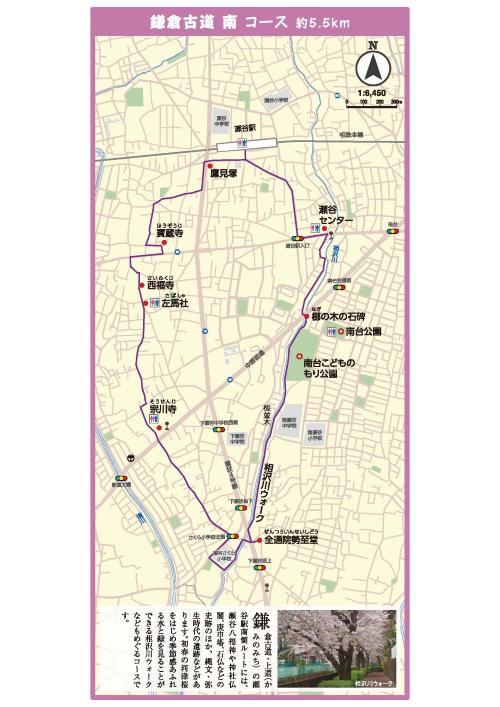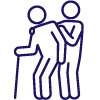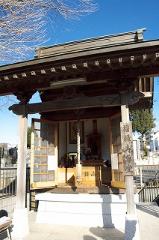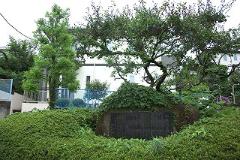The text is from here.
Kamakura Kodo South Course
Last updated on April 10, 2020.
On the southern route of Seya Station in Joto, Kamakura Kodo, there are historic sites such as Seya Hachifukujin, shrines and temples, Koshin Pagoda and Stone Buddha, as well as Jomon and Yayoi period archeological sites. It is also a course that goes around the Aizawa River Walk, where you can see the seasonal greenery and water, including Kawazu Sakura in early spring.
Kamakura Kodo South Course Map

Highlights of the Kamakura Kodo South Course
| Name of historic sites, etc. | Information |
|---|---|
| Hozoji Temple | This temple was built in 1066 in the Heian period (1066) and began with Fudoan of Hidehigaoka Nun.
|
| Lehmasha | The god of worship is Yoshitomo Minamotono, left horse head. The foundation is unknown.
|
| Mune Kawadera | In 1625 (1625), when Niken Jojin, who was on the way to mission to Edo, passed through Nakahara departure (road), he felt the serious religion of Ishikawa Munekawa, a resident of this area, and opened himself. It is a temple that was opened.
|
| All hospital visits Seishido | The Seshi Bodhisattva of main deity is said to have been excavated by dreaming, and the main hall, built during the Kanei era (1624-1644) of the Edo period, also enshrines Kotobukijin.
|
| Aizawa River Walk | It is a promenade where you can touch the greenery and water of the Aizawa River basin and enjoy Kawazu cherry blossoms in early spring.
|
| A stone monument of Nagi tree | It is said that in the first year of Hiroka (1844), when there was a large fire at Edo Castle, the Nagi tree here was cut down and used for reconstruction.
|
You may need a separate PDF reader to open a PDF file.
If you do not have it, you can download it free of charge from Adobe.
![]() To download Adobe Acrobat Reader DC
To download Adobe Acrobat Reader DC
Inquiries to this page
Seya Ward General Affairs Department Regional Promotion Division Residents' Cooperation Promotion Section
Phone: 045-367-5694
Phone: 045-367-5694
Fax: 045-367-4423
E-Mail address [email protected]
Page ID: 361-270-194



















